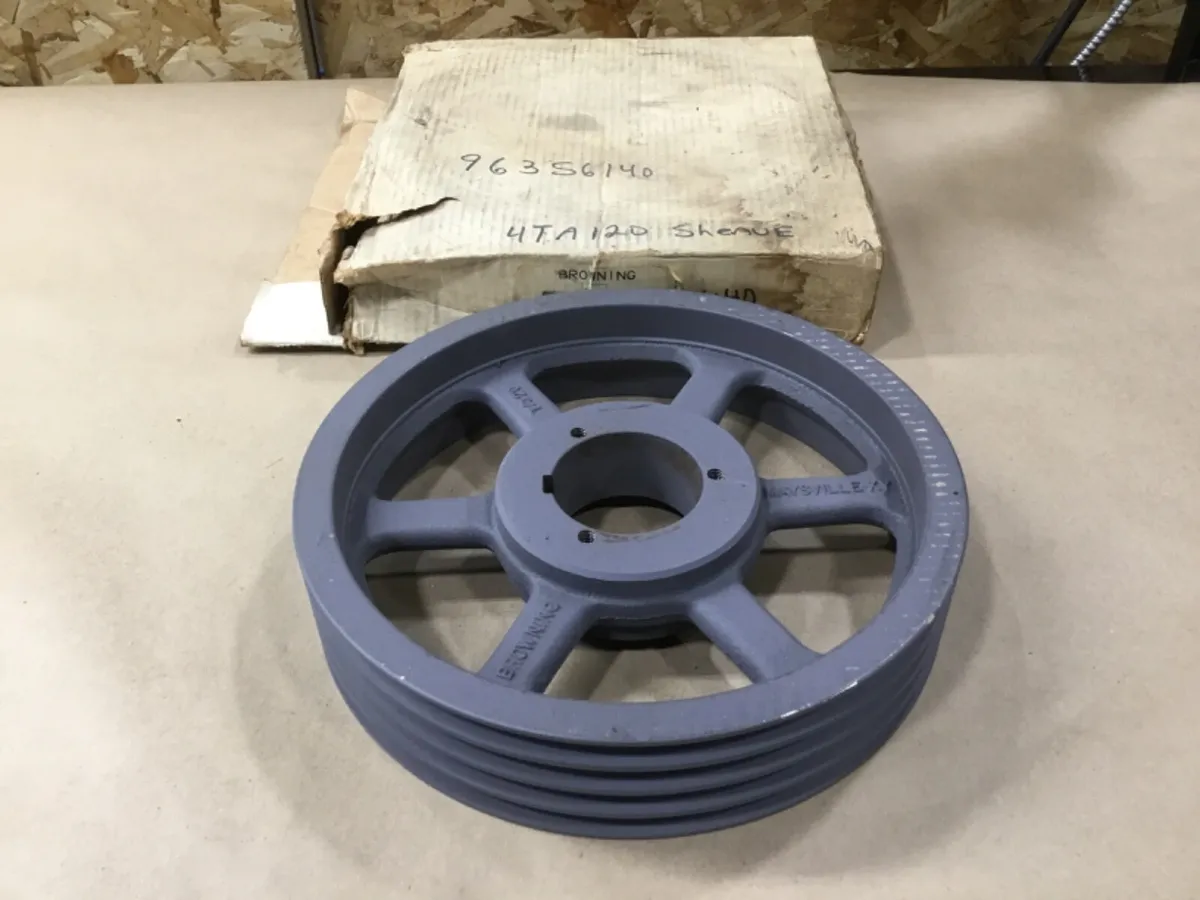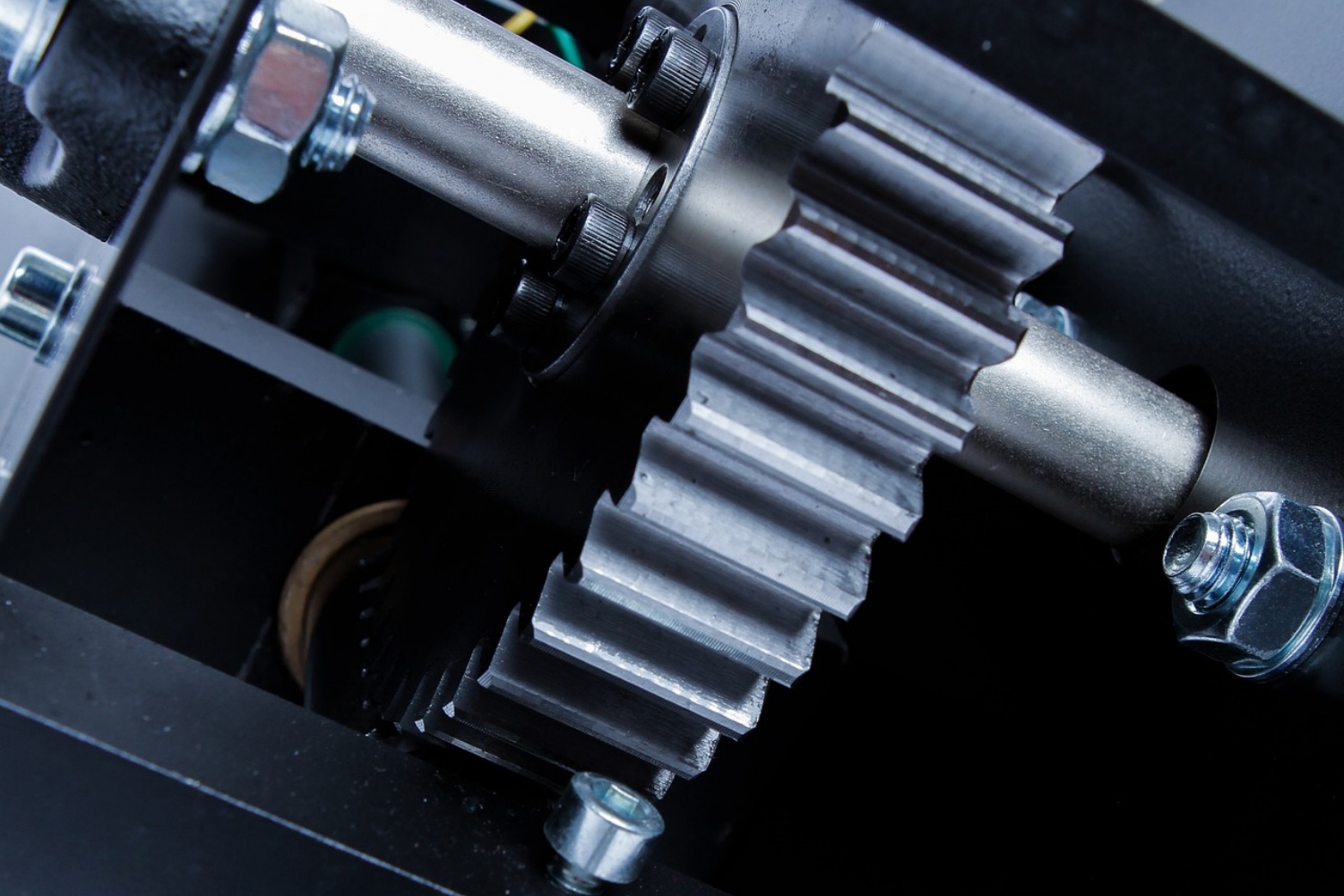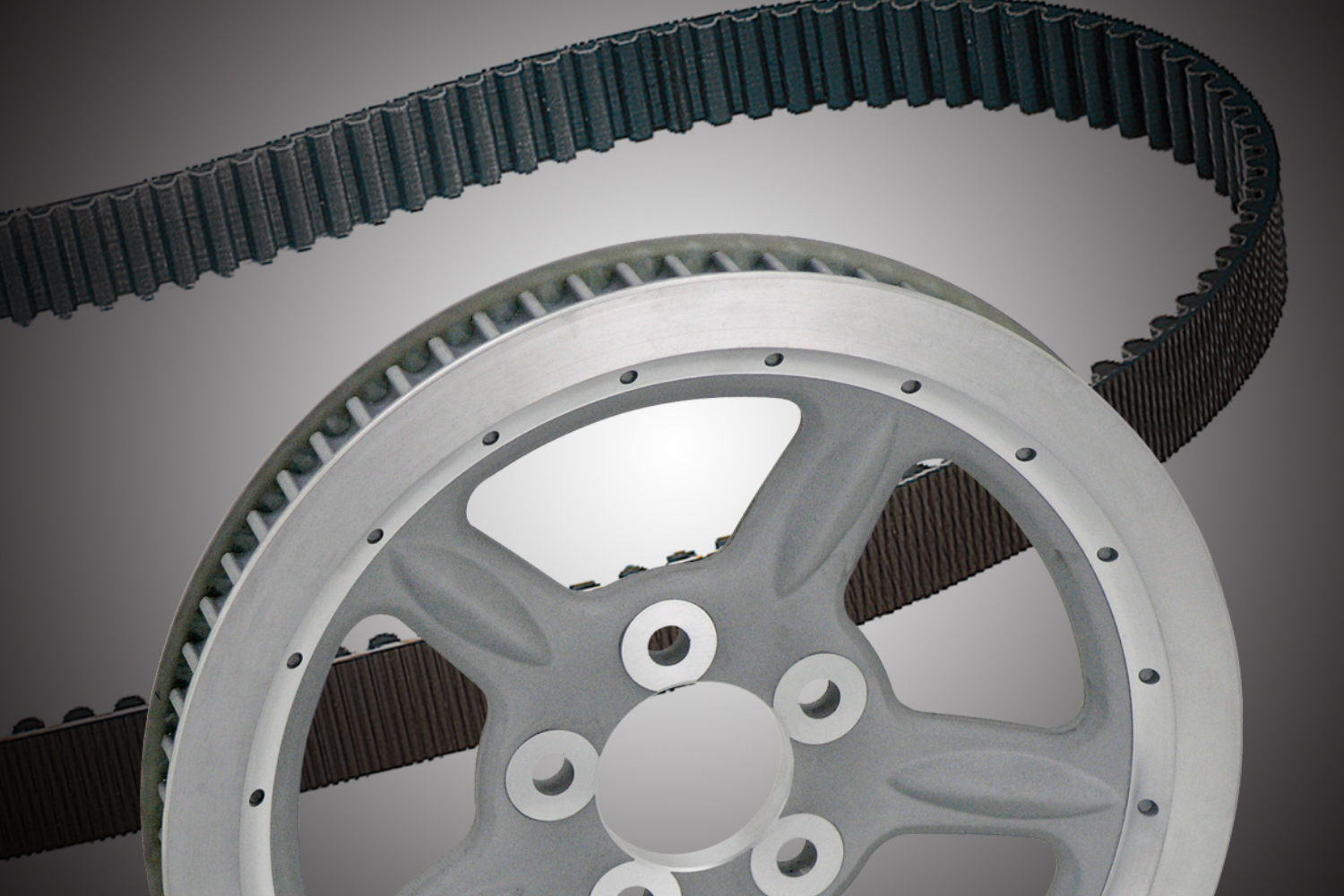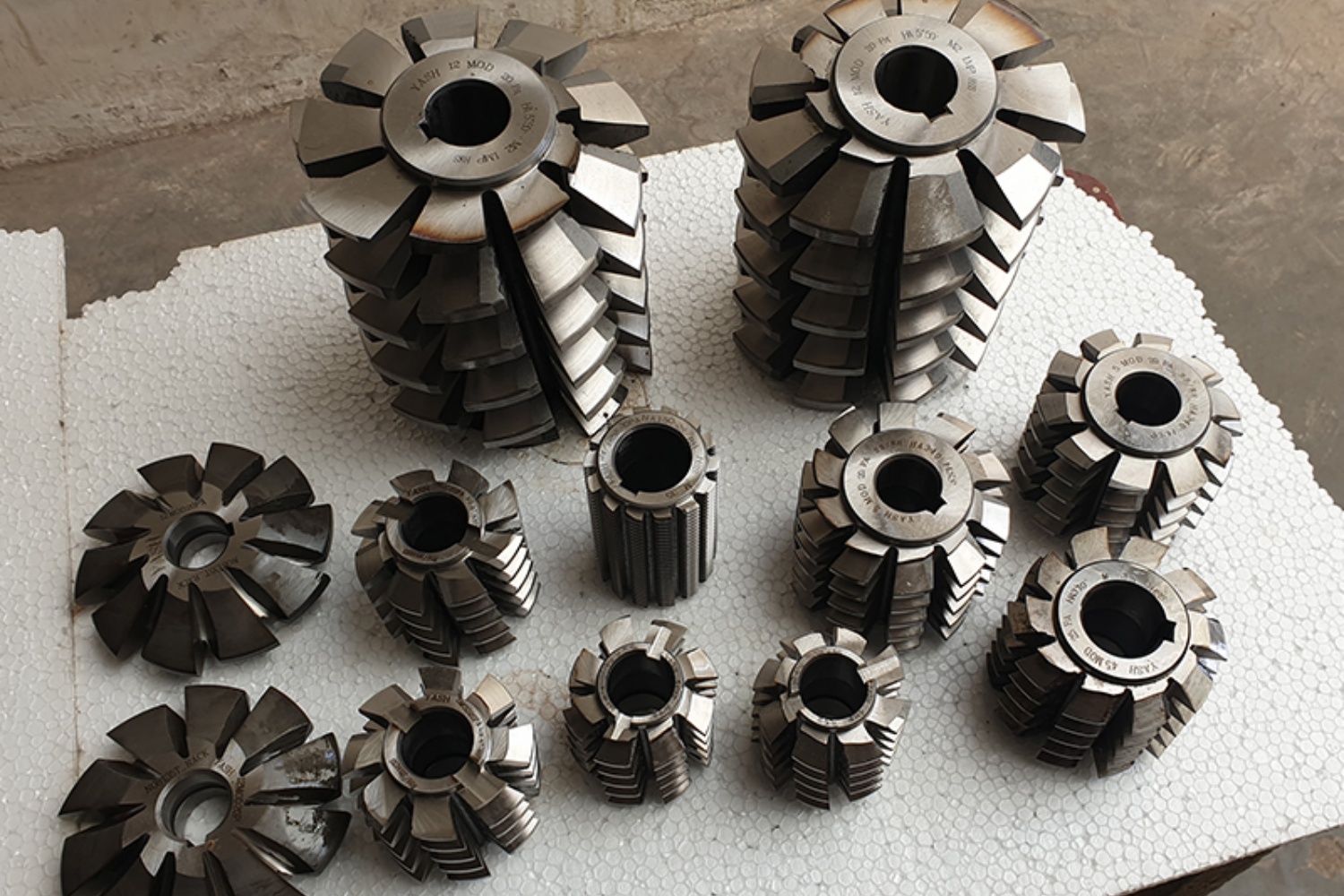In the intricate web of industrial production, every component plays a crucial role, ensuring the smooth flow of work and the efficiency of the system as a whole. Among these components, industrial V-pulleys occupy a significant position, serving as the backbone of many production processes. Their design, functionality, and adaptability make V-pulleys an essential element in various industrial settings. This article delves into the significance of industrial V-pulleys and their role in driving production.
1. Design and Functionality
Industrial V-pulleys are designed to handle a wide range of loads while maintaining efficient power transmission. Their V-shape design allows for better grip and load distribution, ensuring smooth operation under varying loads. The angle of the V-shape can be customized according to specific application requirements, further enhancing their adaptability. Additionally, V-pulleys are robust and durable, designed to withstand the rigors of industrial environments.
2. Efficient Power Transmission
The prime function of V-pulleys is to transmit power efficiently from one shaft to another. Their unique design allows for smooth engagement and disengagement, reducing power losses and ensuring that the transmitted power is used effectively. This efficient power transmission is crucial in industrial settings, where every fraction of power lost can add up significantly over time.
3. Versatility and Adaptability
Industrial V-pulleys are highly versatile and can be used in a wide range of applications. Whether it’s conveyor systems, material handling equipment, or manufacturing processes, V-pulleys provide a sturdy and reliable means of power transmission. Their adaptability to various shaft configurations and load conditions makes them a go-to choice for industrial engineers and mechanics seeking reliable power transmission solutions.
4. Reduced Maintenance and Improved Durability
V-pulleys are designed for durability and require minimal maintenance compared to other power transmission components. Their robust construction and sturdy materials mean they can withstand constant use over long periods, reducing the need for frequent replacements or repairs. This not only saves on maintenance costs but also ensures uninterrupted production, which is crucial in industrial settings.
5. Impact on Production Efficiency
By providing efficient power transmission and reducing power losses, industrial V-pulleys significantly impact production efficiency. They enable machinery to operate at optimal levels, ensuring that the desired output is achieved with minimal energy losses. This efficiency not only reduces operational costs but also improves productivity, thereby enhancing the overall profitability of the production process.
Industrial V-pulleys play a pivotal role in driving production processes. Their unique design, efficient power transmission capabilities, adaptability, durability, and impact on production efficiency make them an indispensable component in industrial settings. As the backbone of many production lines, V-pulleys ensure smooth operations, improved productivity, and cost-effectiveness. As industrial needs continue to evolve, the significance of V-shaped pulleys will be further highlighted,solidifying their position as a crucial component in driving industrial production forward.
More: Effortless Installation: The Benefits of Using Taper Lock Bush
CONTINUE READING
Related Posts
In the world of industrial manufacturing, the efficiency and reliability of transmission systems are critical to the success of any […]
In industrial settings, a smooth and quiet power transmission system is crucial for productivity, safety, and worker comfort. V Belt […]
Splines play a critical role in mechanical power transmission systems, enabling rotational motion and torque transfer between mating components. These […]





